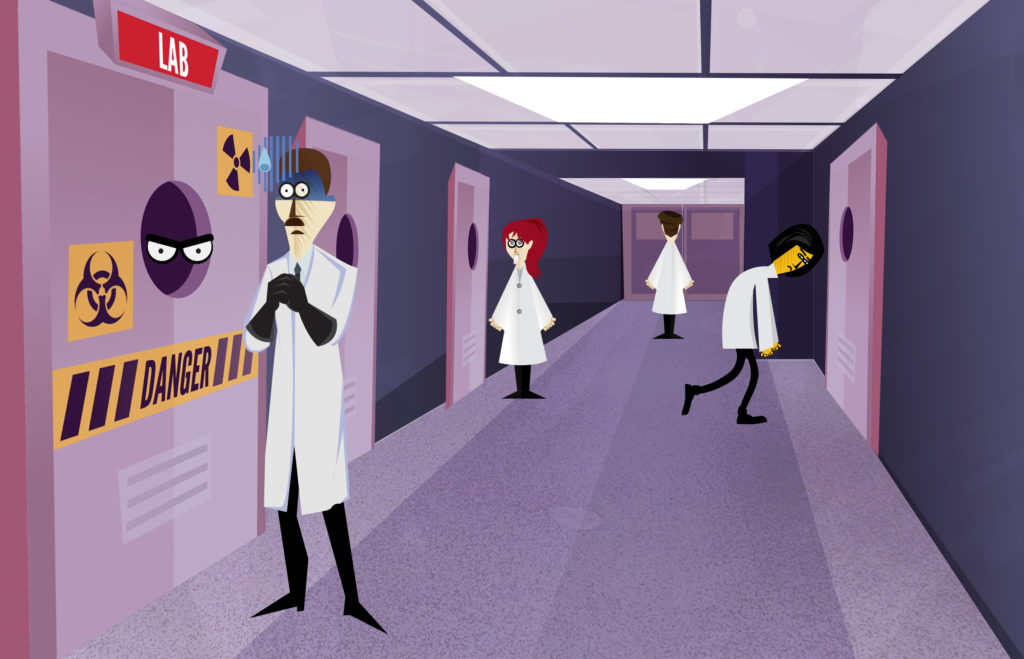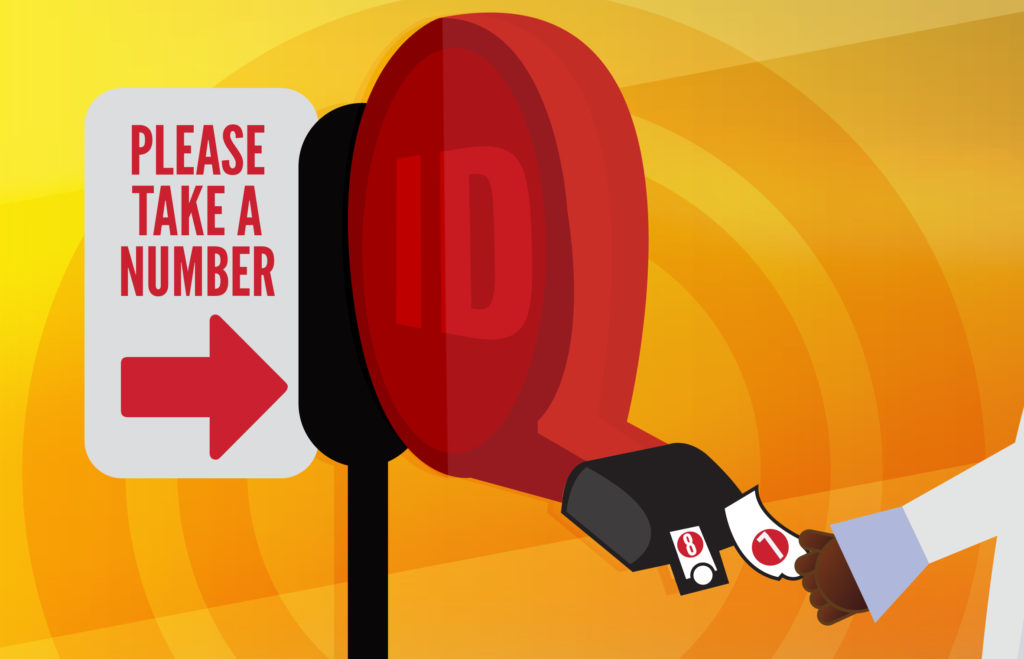Upping the Game for Future Researchers
By Lindsay Lewis and Sarah F. Hill
“When you allow yourself to fully relate with another person, you’re listening and engaged, riding the waves of uncertainty inherent in any conversation,” said Alan Alda in an interview with Scripps Research in 2020. “When you embrace that uncertainty, rather than try to control it, that’s when you hit gold. That’s when you have the opportunity to make a meaningful connection.”
It’s important for the research enterprise to acknowledge that communication mediates the relationship between the science community and non-specialist populations. This may require an attitude adjustment – and a cultural shift, according to Lindenfeld.
“We need to move toward models of science communication that understand that communication that is not simply transactional but rather relational,” she said. “Approaching communication in this way should be part of what it means to be a scientist.”
Shifting the Culture
Through her work at Stony Brook University, where Alan Alda Center for Communicating Science is housed, Lindenfeld has led numerous efforts that aim to create stronger bridges between science and society, helping to shift culture toward greater societal integration of science. Her team at the Alda Center has trained over 15,000 scientists across the U.S. and the globe to communicate with empathy and clarity. The Alan Alda Center provides workshops and conferences to train today’s scientists to be communicators by using improvisational theater, and by emphasizing empathy and listening skills. “When you really hear people, the conversation changes,” Lindenfeld said.
Recently, she and her team initiated the nation’s first Master of Science degree in science communication that is specifically designed to teach trained scientists to become professional science communicators. Stony Brook also developed an undergraduate minor focused on communication and innovation to teach scientists how to work on interdisciplinary teams, listen and collaborate.
For instance, most universities are preparing for a return to work following a year-long break from campus during the pandemic. Science will tell you logic: if you’re vaccinated, you’re safe. In fact, the CDC recently released new information that individuals who have been vaccinated do not need to socially distance or wear masks. What’s there to fear?
But listen to how different people experience these guidelines, Lindenfeld said. Listen to their worries about air flow, whether we will be able to know who’s vaccinated or not, and the myriad of issues that a return to work brings. As human beings, we tend to respond through our emotions and not through logic. Understanding and respecting this is important if we want communication to land.
“What if we turn our attention to understanding how people perceive the problem rather than getting stuck on what we think they should know or feel,” Lindenfeld said. “There are many cultural barriers we need to consider. Ultimately, many people are invested in what science has to offer them to make their lives better and healthier. They’re less concerned with the process of how science works. When we want to communicate science effectively, we have to start with the different audiences we serve and seek to understand where their interests and needs lie.”
Getting the House in Order
Shifting our culture to integrate more science depends, of course, on incentivizing and rewarding scientists to communicate more effectively. Having powerful organizations like universities and professional societies encourage and reward communication as being part of what it means to be a stellar scientist is critical.
“For public communication to be valued as a core part of science, it needs to be rewarded by major scientific organizations and regarded as part of promotion and tenure, even reflected in universities’ hiring practices,” Lindenfeld said.
Integrating communication coursework into higher education science curriculum, investing in workshops and training for university scientists, launching new degree programs that connect science and communication, incentivizing faculty demonstrate communication proficiency and the ability to step out and help educate a confused and frustrated public … how will universities respond to the need for the science communicator?
“It is the imperative of our institutions to educate,” said Roschke. “Informing and educating are not the same thing, so it will take the collective effort of our academic researchers to become the credible source of information.”
Lindenfeld agrees. “It’s time we start taking more of a leadership role in driving a better relationship between science and society. There’s so much that we can do to get our house in order. Society will be much more engaged with science if we show up as a community that consistently, listens, cares and responds empathically.”


